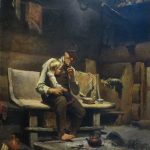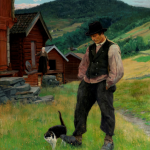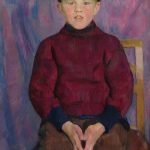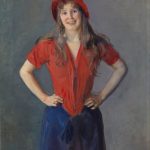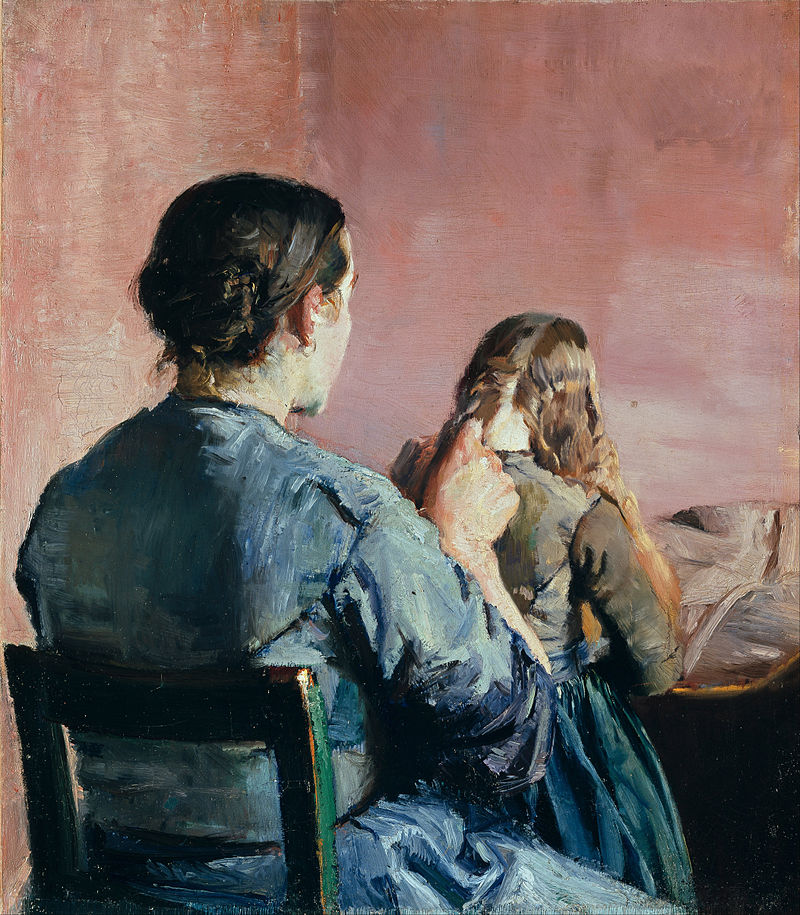
Christian Krohg (1852-1925) was a Norwegian painter, illustrator, and writer known for his contributions to Realism and Naturalism in art and literature during the late 19th and early 20th centuries. He played a significant role in the development of Norwegian cultural identity and is remembered for his social commentary through his artworks and writings. Here are some key points about Christian Krohg:
- Early Life and Education: Christian Krohg was born on August 13, 1852, in Vestre Aker, now a part of Oslo, Norway. He came from a prominent Norwegian family and initially studied law at the University of Oslo. However, his passion for art led him to pursue a career as a painter.
- Artistic Style: Krohg was influenced by the Realist and Naturalist movements in art. His paintings often depicted scenes of everyday life, emphasizing the struggles and hardships faced by ordinary people. He was known for his keen observation and attention to detail in his works.
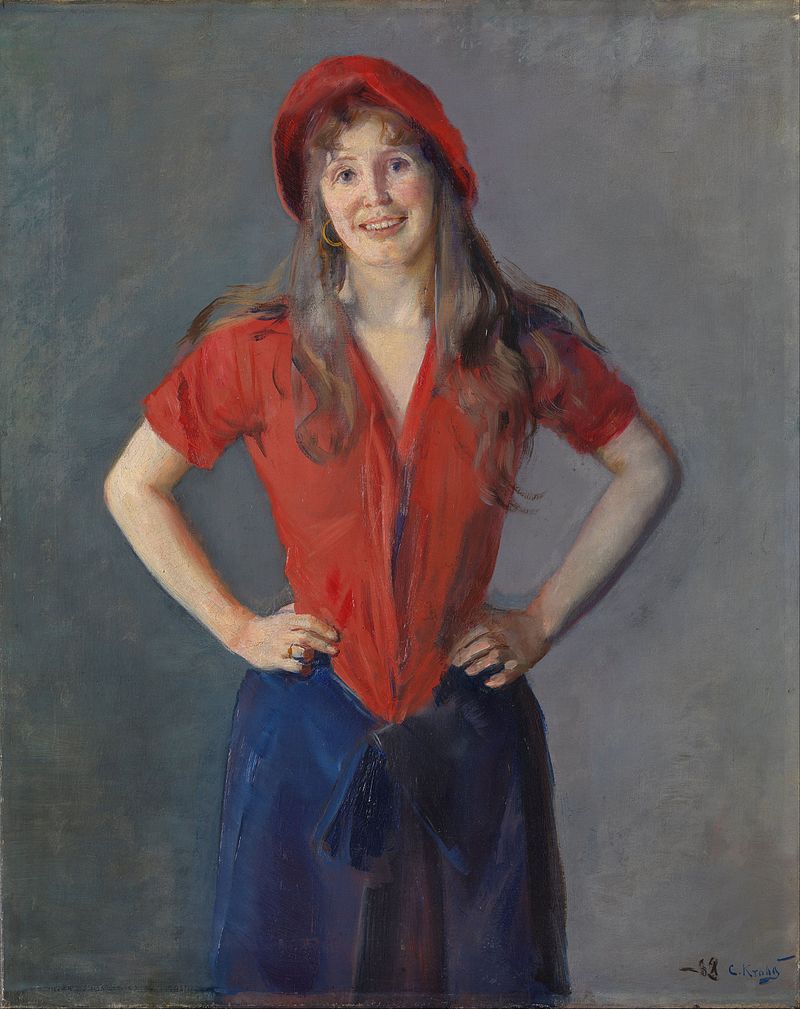
- Social Commentary: Krohg’s art often carried a strong social and political message. He tackled issues such as poverty, labor conditions, and social injustice. His works were a reflection of the social changes taking place in Norway during the late 19th century.
- “The Sick Child”: One of Krohg’s most famous paintings is “The Sick Child” (1881), which depicts a young girl suffering from tuberculosis. The painting is considered a masterpiece of Realism and is often associated with the broader theme of illness and death in art.
- Writer and Journalist: In addition to his painting, Christian Krohg was a prolific writer and journalist. He wrote novels, short stories, and essays, many of which explored the same social issues that he addressed in his paintings.
- Bohemian Lifestyle: Krohg was known for his bohemian lifestyle and involvement in the intellectual and artistic circles of his time. He was associated with other prominent Norwegian artists and writers, including Edvard Munch and Henrik Ibsen.
- Recognition: Krohg’s contributions to Norwegian art and literature were widely recognized during his lifetime. He received numerous awards and honors, including the Order of St. Olav, one of Norway’s highest honors.
- Later Life: In his later years, Krohg continued to paint and write but faced financial difficulties. He spent time in France and was influenced by French Impressionism in his later works.
- Legacy: Christian Krohg’s art and writings continue to be celebrated for their social consciousness and their role in shaping Norwegian cultural identity. He remains an important figure in the history of Norwegian art and literature.
Christian Krohg’s commitment to social realism and his ability to capture the human condition in his art and writings have left a lasting impact on the cultural and artistic heritage of Norway. His works are not only aesthetically significant but also serve as important historical documents reflecting the social challenges of his era.

